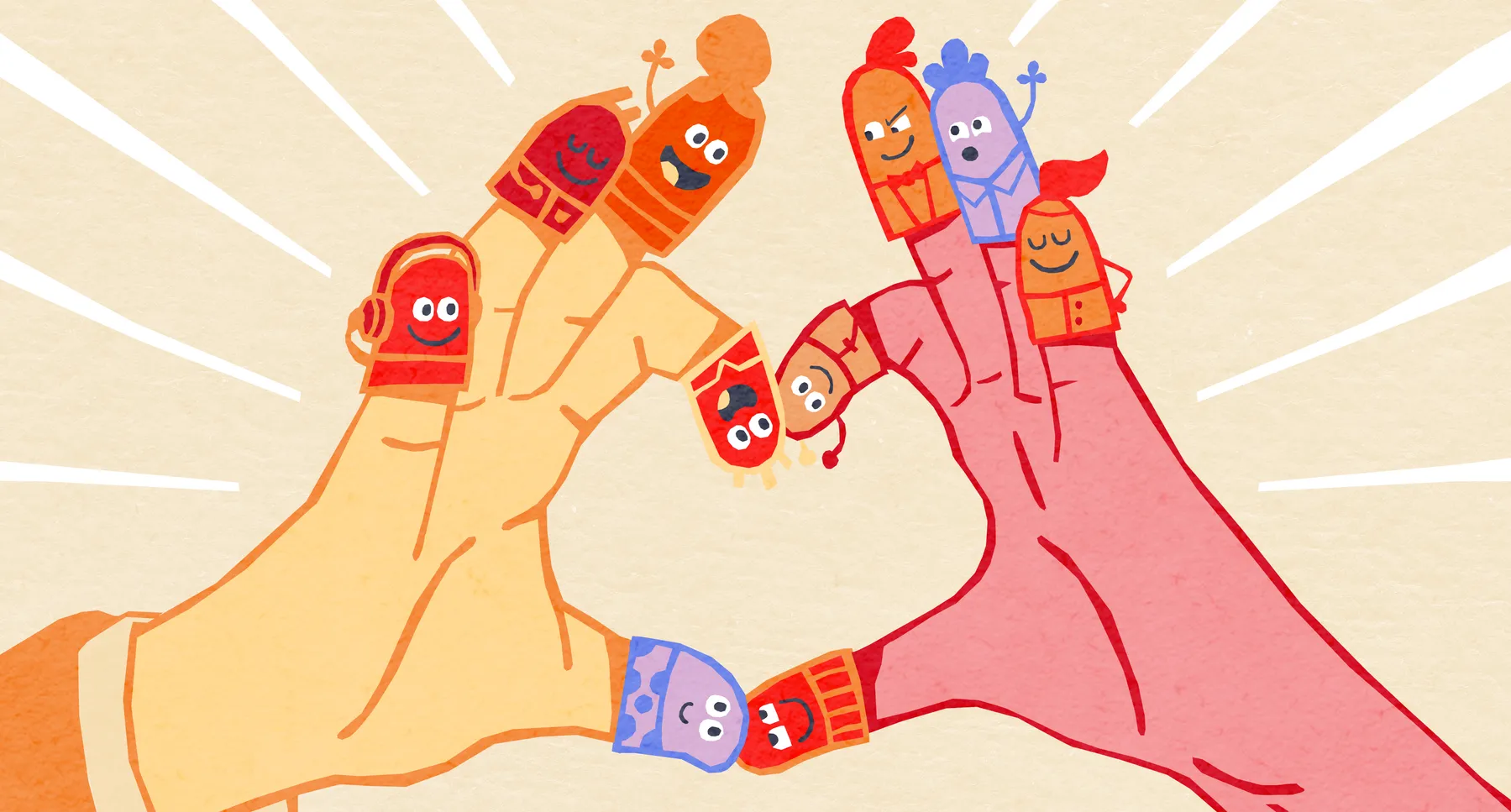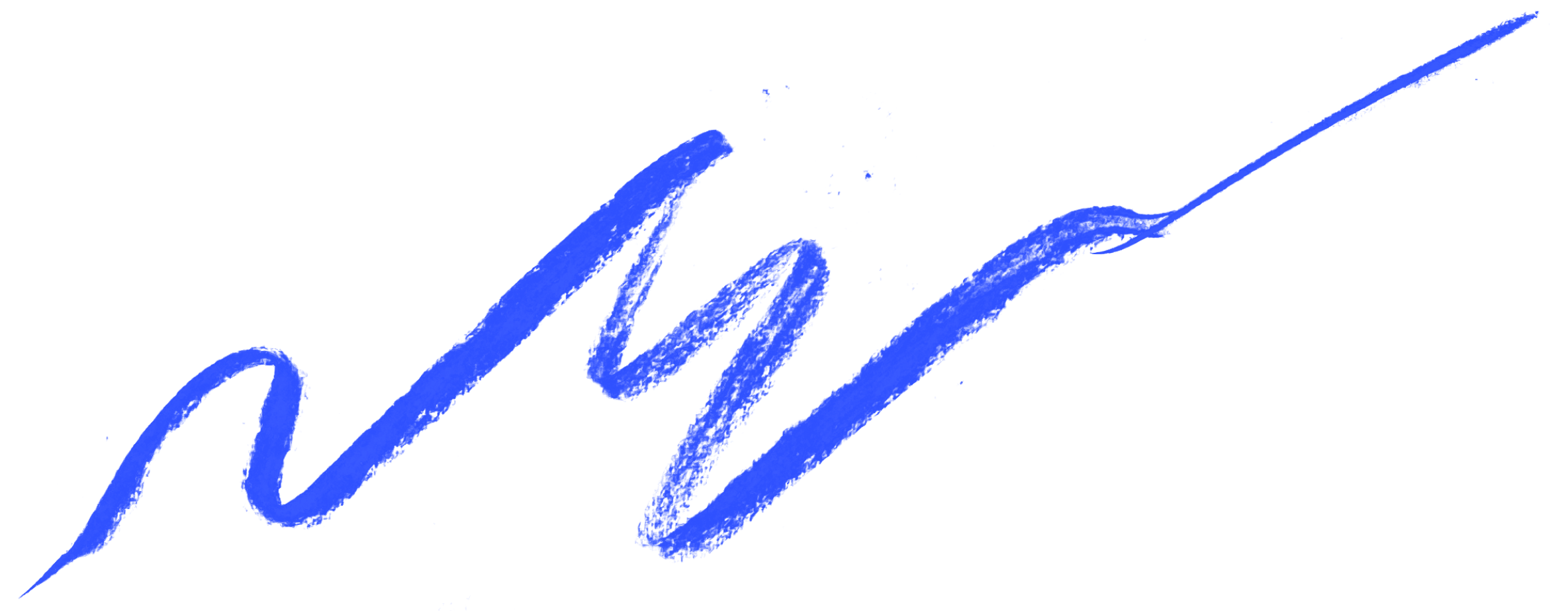Style-Guides are about design. Right?

TLDR: Skew Studio's ongoing research reveals the hidden benefit behind Brand Extension creative and shows how creative services can build more profitable relationships from dynamic content.""
Since Girls Aloud went to number one with Sound Of the Underground I’ve worked on over a thousand style-guides. They represent tens of thousands of design assets, inspiring thousands of products for hundreds of satisfied clients. What is it though, about all that hard work that makes the difference for the businesses we help extend? Is it the trend insight or the content? Is it clever consumer segmentation or flawless packaging that catches the eye?
On the face of it, it’s obvious, right? A mix of good insight, well executed, at the right time for the right price will produce a door opening style-guide.
It’s been the standard recipe for style-guides since Skew introduced trend forecasting to the licensing industry eighteen years ago. It hasn’t changed much since and, according to our survey respondents, that’s what 90-95% of the licensing industries’ creative budget gets spent on, $50m a year by our reckoning.
Only that’s not what the industry values. Style-guides, the default creative tool of the past 30 years are not about design. They never were.
Licensee Types
To see why, you need to speak to the people that use them. Sales and product development teams sure, but most importantly - licensees. I’m going to go out on a limb here and just tell you that brand owners commonly describe three types of licensee;
- Oven-Ready. What they need is to take an artwork, apply it to a product and get it out the door. They don’t have much design resource, they rely on the guide to get the product right.
- Prophets. Often apparel or home, these licensees build on the assurance of trend insight to then tailor it to their ranges. They are design focused, high turnover and race through assets like a cold on a cruise ship.
- Influencers. These are high investment licensees. They have an experienced design team and know exactly what they need to make an IP work for them. They use guides for mandatory branding and packaging. They play an influential role in creative direction, are confident in creating their own assets and will do a great job of it.
All licensees put guides to use differently but when we asked licensors what is common about how they’re best served, time and again we’re told that it’s all about the people’. So what’s that got to do with style-guides?
Style-guides are about relationships not design
When asked to rank the benefits style-guides bring to their business 85% of the creative service and sales pro’s we talked to described an improved relationship with their licensees as the single critical effect a style-guide should deliver.
Wait, what? Where was that on the brief?
This makes perfect sense to me. As an industry, we’re all so focused on deliverables that it’s easy to loose sight of effects. What every licensor and every licensee has in common is that they want to have a successful, fun and profitable relationship. Whatever internal design resource a licensee has available to them, a style-guide is a conversation starter, a relationship builder and foundation for trust first and a kit-of-parts last.
So here’s the rub. Why isn’t ‘improve our most important relationships’ shouted from the rooftops, placed at the top line of every single creative brief in bold and underlined? You could argue it's implicit in the delivery of good enough commercial assets. True. But surely we can do better than to treat the highest value effect as an unnamed byproduct of something else. For creative services to move on, style-guides need to be relationship first.
Smile-Guides
Great as Girls Aloud was, babies born when they first hit number one just turned eighteen and Spotify is, you know, a thing. Here’s how creative services for 2021, designed from the ground up around delivering better relationships are begining to break with the past;
- Be more personal, share more about individual personalities and less about process and legalities
- Build creative processes that address individual needs where possible
- Share the creative offer more widely, get feedback quickly and act on it in real time - not style-guide time
Licensors are to letting go of the idea of creative as a cost base with style-guides frozen in time and starting to think about how creative services can build more profitable relationships from dynamic content.
Contribute to our ongoing research by connecting with Oliver Dyer here.






